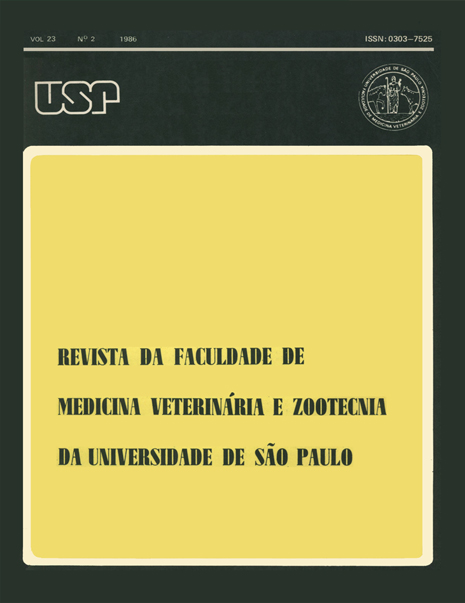Intravenous urography in dogs and cats
DOI:
https://doi.org/10.11606/issn.2318-3659.v23i2p151-159Keywords:
Urinary system, Radiography, Intravenous urography, Sodium diatrizoate, Dogs, CatsAbstract
The intravenous urography was studied in dogs and cats with the purpose of establishing the ideal dosage of the contrast media (Sodium diatrizoate) as well as the ideal times, after the drug administration, the kidneys, ureters, bladder, liver and spleen were better visualized. The ideal dose of the contrast obtained was 2 ml/kg of weight and the higher percentage of radiographies with the best view of the kidneys, ureters, bladder, liver and spleen were obtained fifteen minutes after the intravenous injection of the drug. It was also observed that the urographies performed with sedation or anesthetized animals (deep anesthesia) did not alter the radiographies images of those structures when in comparison with those urographies performed without these procedures.


